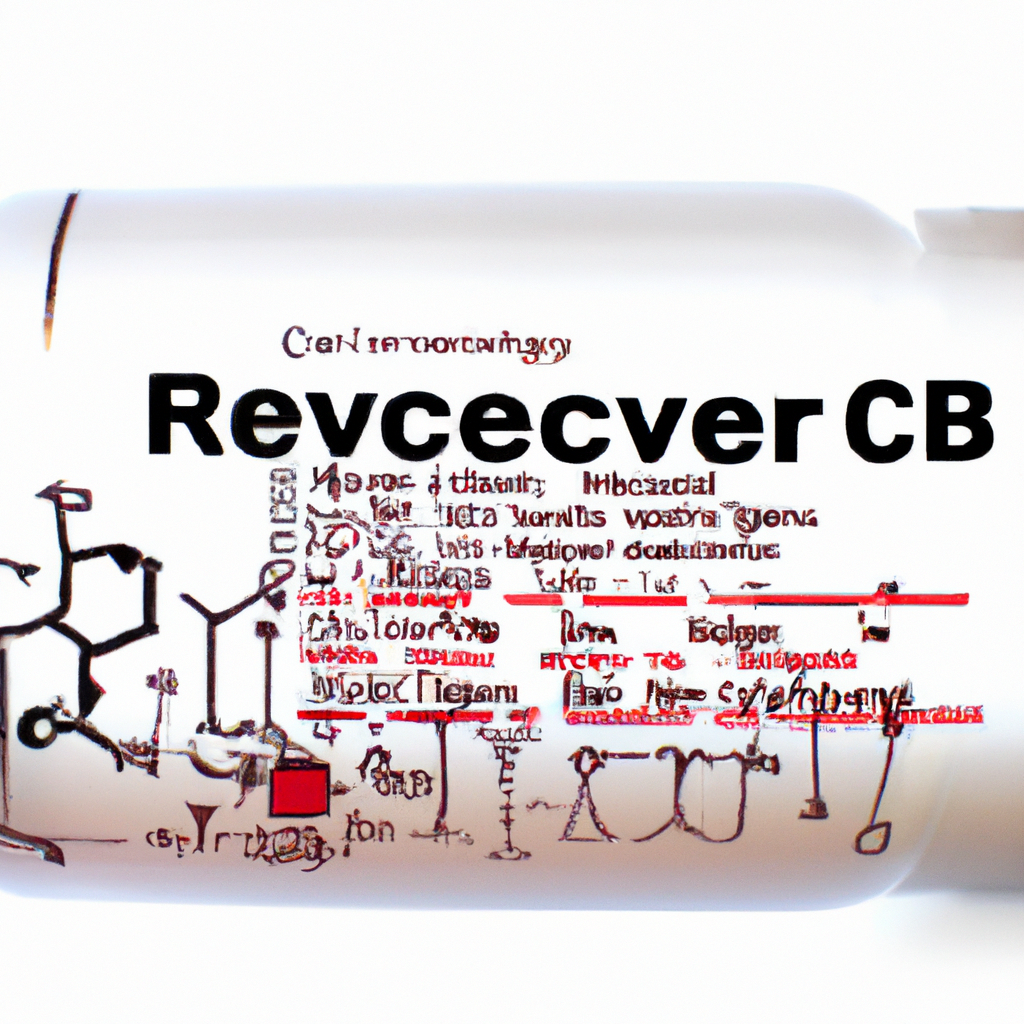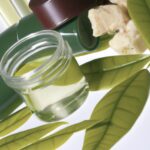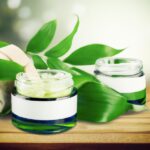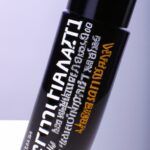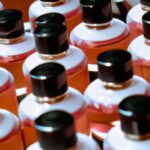Swiss luxury has a long association with producing exquisite, high-end beauty products. Haute couture cosmetics have a special status in the beauty industry, and a great deal of time and energy is dedicated to perfecting them. But what is often not revealed is that many of these products travel a unique route to getting to the marketplace. Called reverse engineering, it is a technique used widely throughout the cosmetics industry.
Reverse engineering cosmetology enables manufacturers to replicate formulations that are already on the market. They look at the chemical makeup of competitors’ cosmetic lines and then use the same elements, proportions, and processes to create products that look, feel, and work the same as those of rival brands. This process brings the latest in cosmetics technology to consumers faster, while saving companies the time, energy, and money that go into developing totally new products.
What Exactly Is Reverse Engineering?
Reverse engineering cosmetology involves primarily two stages. The first stage is the collection and analysis of chemical data. This process takes several forms, but the most common ones involve gas chromatography (GC) and liquid chromatography (LC). GC is the principal analytical tool used to analyze the composition of a cosmetic item, while LC is used to enlarge an initial chemical profile.
The second stage is the development of the product. Besides the information obtained from GC and LC, the makers of the cosmetic product must also take into account the types of raw materials needed to match the analysis of the original product. Once this information is collected and analyzed, the manufacturer must then replicate the findings accurately by making small adjustments in proportions and elements.
For those keen on delving deeper into the intricacies of Reverse Engineering Cosmetics, the Cosmetic Science Talk forum offers a treasure trove of insights. This forum features discussions from seasoned cosmetic chemists and formulators who shed light on their experiences and expertise in reverse engineering beauty products. This resource can significantly augment a reader’s comprehension of the subject, bridging the gap between theoretical knowledge and practical application.
The Benefits of Reverse Engineering
When used in the right way, reverse engineering is a great boost to companies who launch or upgrade products in the hot and ever-changing beauty industry. It helps companies stay ahead of the competition, with little monetary investment and the chance to get a product to market faster.
Reverse engineering permits companies to improve the quality of their products by making dynamic adjustments and improvements to the original formulas of their competitors. As they analyze the chemical composition of these products, they can either select only the components that work best, or make changes in terms of specific ingredients or laboratory processes.
Another major benefit of reverse engineering is cost savings. By using cheaper raw materials and adopting innovative processes, many companies can lower the amount of money spent in the production cycle. This allows them to compete effectively in the market Pricing.
The Challenges of Reverse Engineering for Luxury Cosmetics Manufacturers
The beauty industry is especially tumultuous and uncertain, leaving some manufacturers to feel hesitant about their investment in reverse engineering. From stealing trade secrets to the sheer process of replicating rival products, the challenges of reverse engineering are very real.
Product Quality
Even if a manufacturer has obtained the raw materials and needed data, changes in the process, from using different packaging to using different ingredients, may affect the quality of the product. Processes should be rigorously tested and quality must be maintained, so manufacturers should make sure to choose the right supplier for the raw materials and carefully adjust the production process.
Legal Issues
Reverse engineering can be legally problematic, as companies can find themselves in violation of patent or copyright laws. This can be costly, so companies should be sure to have their legal teams examine the research process to make sure they remain compliant.
Public Perception
It is important to remember that reverse engineering is public knowledge. Luxury brands in particular carry an aura of mystery and exclusivity. If consumers discover that some companies are reverse engineering products, they could be turned off by the aesthetics of those products and decide to buy rival goods.
Conclusion
From large to small companies, reverse engineering is an impressive tool used to create high-end cosmetics fast and in the right budget. Its challenges—from significant patent issues to product quality concerns—are real, but its advantages far outweigh any negatives. As the beauty industry grows more competitive, and customers become more discerning about the products they purchase, reverse engineering will play a more important role in determining the success of an integrated cosmetics production venture.
The Role of Reverse Engineering in the Evolution of Cosmetics
The world of cosmetics is an ever-evolving landscape, where innovation and competition go hand in hand. To stay ahead of the game, manufacturers employ various strategies, one of which is reverse engineering. This fascinating technique allows them to unlock the secrets of existing cosmetic formulations and create products that are on par with, or even surpass, their competitors. In this article, we will delve deeper into the realm of reverse engineering in cosmetics and explore its benefits, challenges, and impact on the industry.
Understanding the Essence of Reverse Engineering
Reverse engineering cosmetology involves a meticulous process that can be divided into two primary stages. The first stage revolves around the collection and analysis of chemical data. Sophisticated analytical tools like gas chromatography (GC) and liquid chromatography (LC) come into play here. GC enables manufacturers to decipher the composition of a cosmetic item, while LC aids in expanding the initial chemical profile.
The second stage is the development of the product itself. Alongside the insights gained from GC and LC, manufacturers must consider the specific raw materials required to replicate the analyzed cosmetic. Accurate replication involves making precise adjustments in proportions and elements, ensuring that the resulting product closely mimics the original formulation.
The Advantages of Reverse Engineering in the Cosmetics Industry
When implemented effectively, reverse engineering proves to be a powerful tool for companies operating in the dynamic beauty industry. It offers numerous benefits that contribute to a competitive edge and expedited product launches.
1. Faster Time-to-Market: By reverse engineering existing cosmetic formulations, manufacturers can bring innovative products to market at an accelerated pace. This approach eliminates the need for lengthy research and development processes, enabling companies to capitalize on emerging trends swiftly.
2. Enhanced Product Quality: Reverse engineering empowers companies to fine-tune and improve the quality of their products. Through meticulous analysis of rival formulations, manufacturers can identify and integrate the most effective components, refine specific ingredients, and optimize laboratory processes. This continuous enhancement results in superior cosmetic offerings.
3. Cost Savings and Pricing Competitiveness: Reverse engineering offers significant cost-saving opportunities for manufacturers. By identifying alternative, cost-effective raw materials and implementing innovative production processes, companies can optimize their production cycle and compete more effectively in terms of pricing. These savings can be passed on to consumers, making high-quality cosmetics more accessible.
Overcoming Challenges in Reverse Engineering for Luxury Cosmetics Manufacturers
While reverse engineering presents compelling advantages, luxury cosmetics manufacturers face unique challenges in adopting this technique.
1. Product Quality
Maintaining product quality is crucial when reverse engineering cosmetics. Adjusting processes, ingredients, or packaging may inadvertently impact the final product’s integrity. Manufacturers must conduct rigorous testing and ensure meticulous quality control measures. Selecting reputable suppliers for raw materials is equally essential to uphold the desired standards.
2. Legal Considerations
Reverse engineering can potentially infringe upon patent or copyright laws, leading to legal complications. Luxury cosmetics manufacturers must navigate this territory carefully and consult their legal teams to ensure compliance with intellectual property regulations. Thorough research and adherence to legal frameworks are critical to avoiding costly legal battles.
3. Public Perception
Luxury brands thrive on exclusivity and allure, which can be compromised when consumers discover that reverse engineering techniques are employed. The revelation of reverse engineering practices may erode the perception of authenticity and uniqueness associated with luxury cosmetics. Manufacturers should carefully consider the potential impact on public perception and develop transparent communication strategies to address any concerns.
Embracing Reverse Engineering for a Dynamic Future
In an ever-advancing cosmetics industry, reverse engineering emerges as a powerful tool to create high-end products efficiently. Despite the challenges it presents, the benefits of reverse engineering outweigh the potential drawbacks. As competition intensifies and consumers become more discerning, integrating reverse engineering into cosmetics production will play a pivotal role in determining the success of brands and their ability to meet evolving market demands. By leveraging this technique responsibly, manufacturers can continue to unlock the secrets of cosmetics, fuel innovation, and shape the future of the beauty industry.

